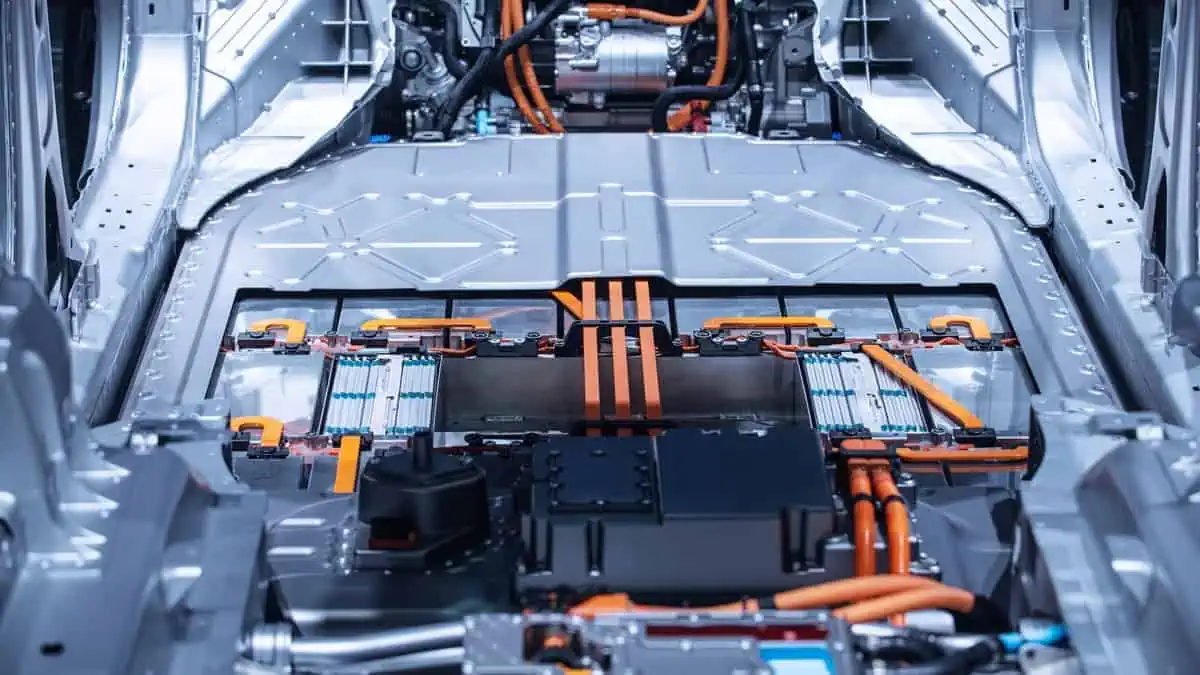The demand for electric vehicle production is rising as governments worldwide work to promote the switch to EVs to attain net-zero emissions. As a matter of fact, new rounds of investments are coming out of Washington, which is accelerating the race to produce electric vehicles in the United States. Now, the former center of the car industry’s workforce is afraid of being left behind, according to CNBC.
“When we look carefully at what goes on on the factory floor, it won’t be less workers,” Keith Cooley, former head of Michigan’s Labor Department, told CNBC. “There will be different people building the cars.”
The availability of factory employment may be less than it once was, and they may also require more education, as per researchers for the Industrial Heartland case study. As shown by their calculations, manufacturing electric vehicles might require 30% less labor than conventional cars.
“The lines that run to drive oil or gas around an internal combustion engine aren’t going to be there,” said Cooley.
However, the automotive industry’s parts suppliers, many of whom are based close to Midwestern locations like Kokomo, Indiana; Lima, Ohio; and Detroit, Michigan, may be impacted by this transition.
“Car companies in some of these places actually make up a decent proportion of the tax revenue, and they employ many people within the surrounding community,” Sanya Carley, an Indiana University professor and contributor to the Industrial Heartland study, told CNBC. “So the fate of these companies is very intimately tied to the fate of the communities. “
The Inflation Reduction Act and the CHIPS Act, which President Joe Biden signed into law in August, are two significant pieces of legislation that Washington officials hope will serve as a bridge to that future. These regulations permit enterprises that pursue the manufacture of clean energy to receive billions in subsidies.
It is worth noting that 9% of all automobile sales worldwide in 2021 were electric vehicles, as per the International Energy Agency. Now, automakers are already pondering how quickly demand for EVs will furtherly materialize now that funding is in the process.






